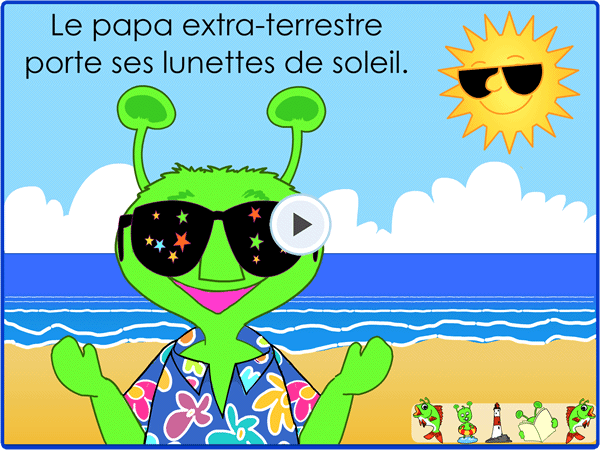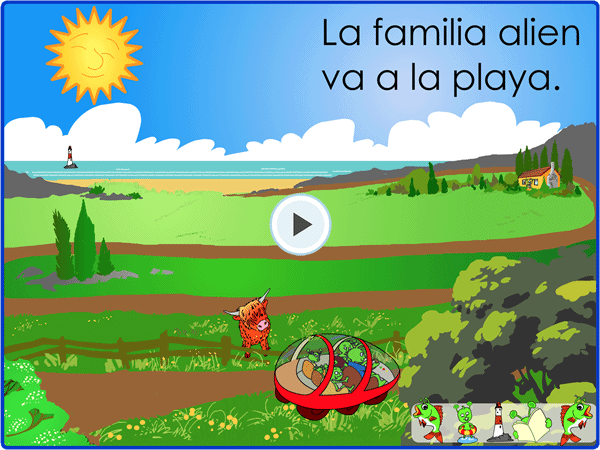In my last blog post I mentioned how I have just been out to Spain.It was whilst visiting Atocha Railway station in Madrid to look at the tropical garden in the entrance area that I saw the sign "Guardarropa".And I just thought - why have I never thought about this before in language learning! In Drama I have often used props to generate persona portfolios and inevstigations!
This means that you can use this activity in lots of different contexts- starting off with myself or my family, school, holidays and linking it through to the Romans,Greeks .Macbeth wherever the creative curriculum in some schools may be taking you!
So simple
- Set up three bags of items for each sessin
- Pop into these bags "left luggage" - any items linked to your chosen content and context.
- Now let's find and explore the persona linked to the items!
Lost character listening activity
Can the children help you to find the coorrect objects from your bag- maybe there are additional objects in the bag that aren't required?
You don't need the names for the objects or the ancient artefacts etc - just use simple descriptions, colours, size, shape and perhaps what you use the item for e.g drink/ eat/ read etc.These will lead the children to the objects.
Lost character speaking activity
Can the children in pairs find the lost character?
Can they look at the objects and from the objects create responses to peersonal information questions and answers.
Can pairs share their dialogues with a second pair and can these two pairs togerher create a persona using details from the two dialogues.
Can one of the children take on the persona and become the person and introduce themselves to the class as the creation of the group of four and their two dialogues.
Now they need to think about actions, attitude and resences and become the person!
Lost character reading activity
Using the objects can the children identify the correct notice for a newspaper to describe their lost person?Full sentences in the third person using the verbs to be and to have and maybe trying out other regular present tense verbs too .This will depend on the level of your young learners!
Lost character writing activity
TYes you could write missing posters ....but let's be a little bit more adventurous.Let's enter the "world of the persona" and write sentences about what they are doing today.Where are they? How are they feeling? What are they wearing? What are they doing? What are they eating and drinking? etc etcetra
Persona Portfolios
And now we have all the evidence we need to create our own persona portfolios - maybe using software and IT ( 2simplesoftware/ Book Creator/Yakit4Kids etc) or as a pen and paper display activity case!
Oh and do you remember the People Pillar Portrait Poems I created last academic year ....well what about creating People Pillar Portrait Poems about these found people!! ?





















